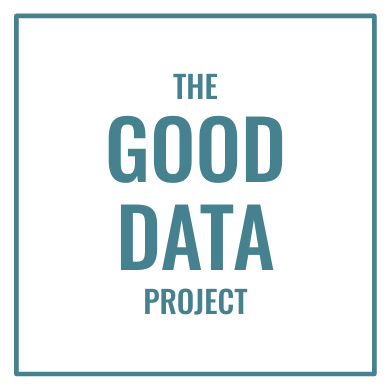Maybe the Sicilians had it right. Maybe the best pies are square pies.
Companies commit awful sins when they create round pie charts. We’ve seen how Salesforce made 21% look significantly bigger than 25%. This week I caught a client publishing one pie chart where the slice representing 40% was seven times bigger than the slice showing 20% — one of the worst misrepresentations I’ve seen.
People screw up pie charts (and bubble charts and bar charts and most other kinds of charts) because they fail to understand the basic nature of data graphics: Charts use relative area to represent relative scale.
It seems simple. (Really, it is simple.) If two data points are about the same, they should take up about the same amount of space. If one data point is twice as big as another, it should take up twice the space — no more and no less. But so many charts get this wrong.
One solution to this problem? Make your pie charts into squares. Square pie charts offer several advantages:
1. The unusual format activates our brains. We’re inundated with round pie charts. We’re numb to the format. But the relatively rarity of square pie charts forces us to think.
We don’t see this format every day, so we take time to read the chart and understand the details. That’s perhaps why one reader said of the graphic above, “I can’t stop looking at this chart.”
2. Squares improve comprehension. You can easily draw a 25% slice of a round pie from memory. But what about a 15% slice? A 60% slice? Our brains don’t contain handy visual references for uncommon ratios. So when we encounter such numbers on a round pie chart, we don’t immediately know what we’re seeing.
But the detail and regularity of grids improves chart comprehension. One study found that, even without labels, people read square pie charts with significantly more precision and confidence than they read round pie charts.
3. Grids make it harder for designers to cheat. Graphic designers might give slices of round pie charts different heights or weights to “jazz things up.” Busy executives often just use bad chart designs suggested by their software.
Whatever the reason, the biggest problem with round pie charts is that people just make them badly. But when one box equal one percentage point, it’s clear that area represents data — and it’s harder to make mistakes.
4. Square pie charts offer more scope for detail. The chart above contains more than 50 “slices,” grouped into seven subcategories, each with a label and two detailed data points. It presents readers an immense amount of data.
There’s simply no way to display that amount of detail in a round pie chart. The square format doesn’t just make it easier for people to understand the data — it gives them more data to understand.
Next time you build a pie chart, make it a square. It’ll let you convey more and more accurate data, make people look at your graphic longer, and help people read your chart with more precision and confidence.
What’s the best or worst data graphic you’ve seen lately? Let me know in the comments below, or on LinkedIn or Twitter. (Hat tip to Tarik Hart for sharing this graphic with me.)
Want good data delivered to your inbox? Subscribe here.

